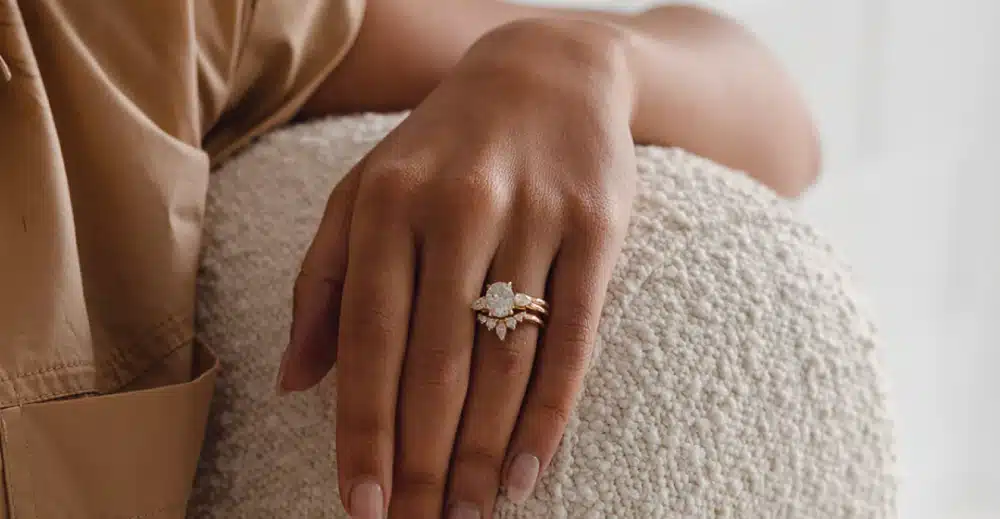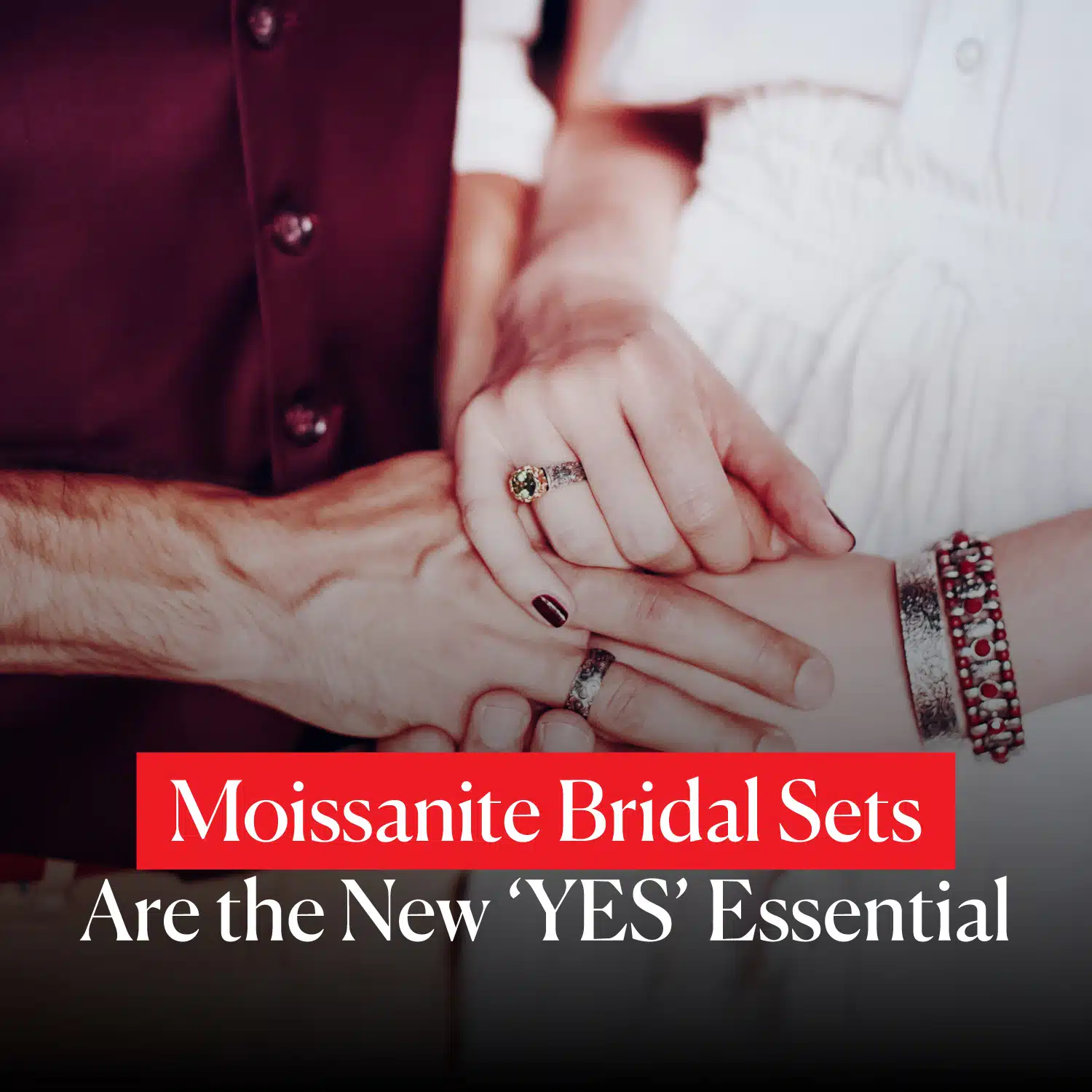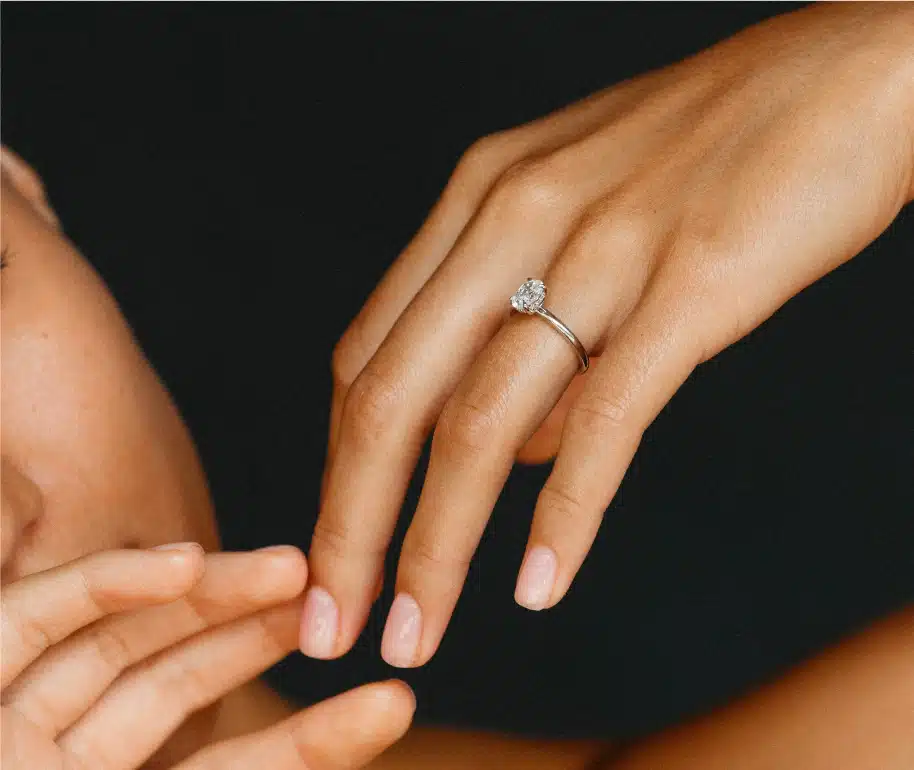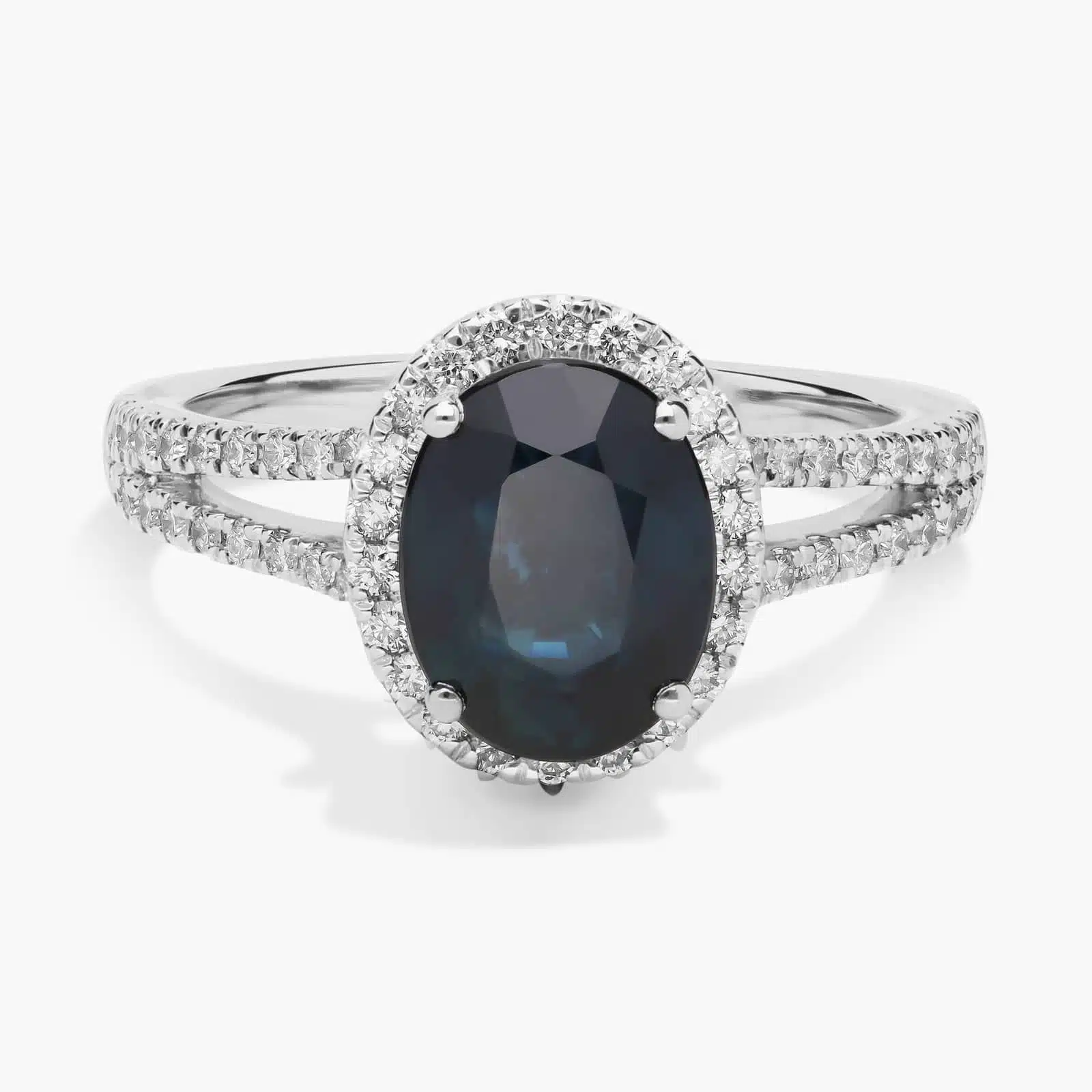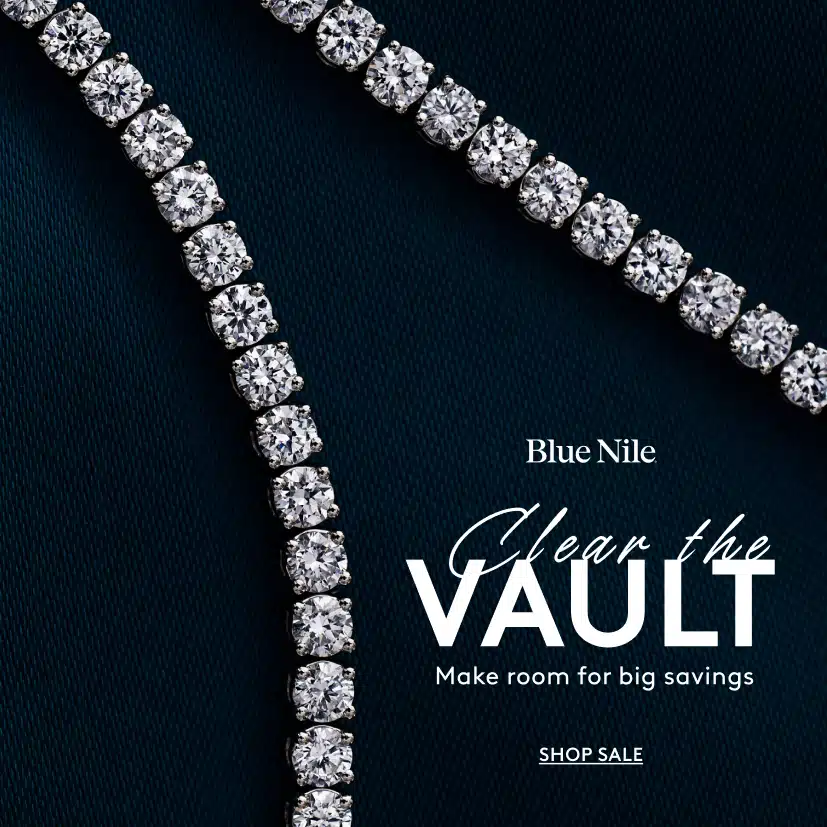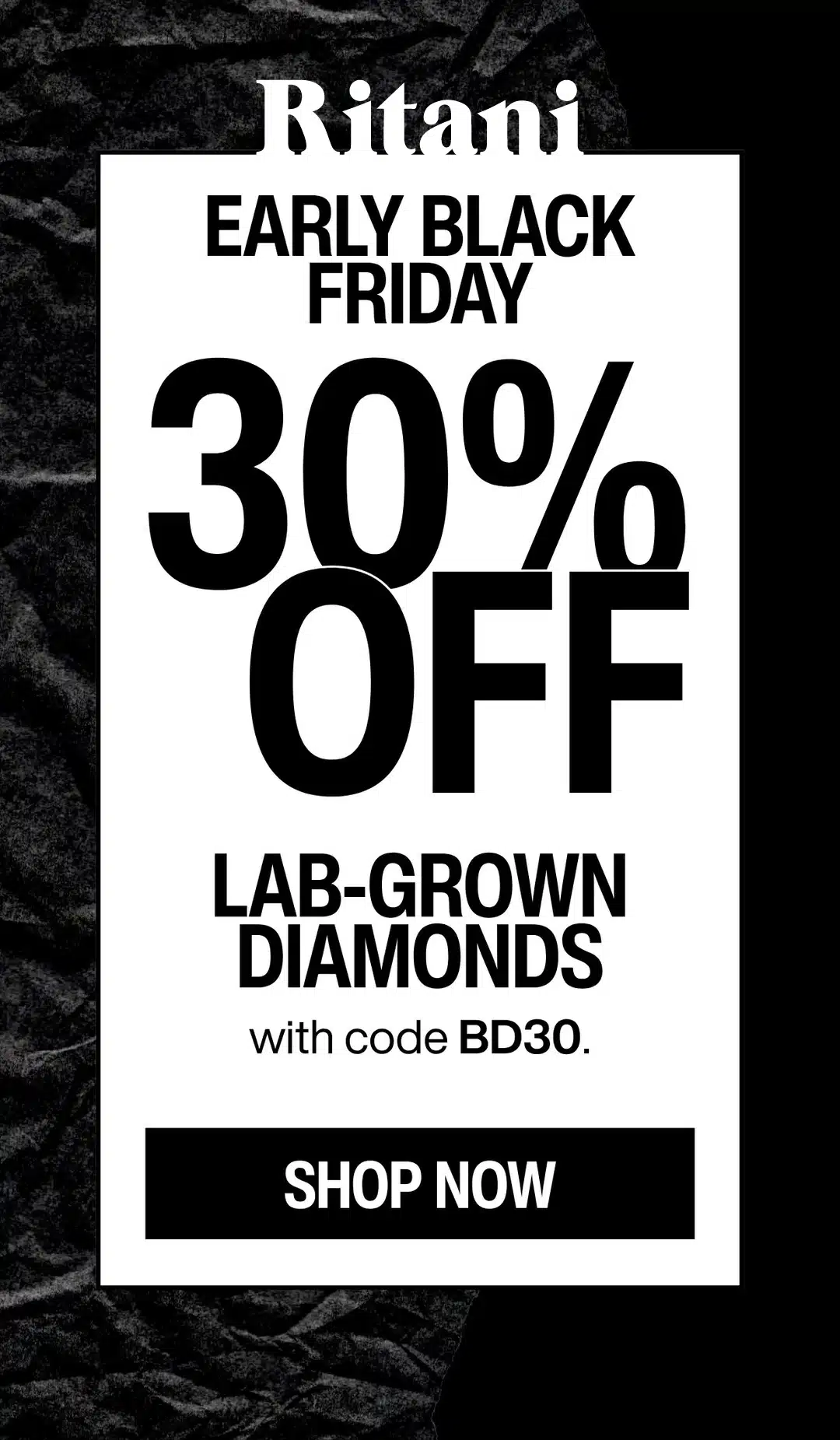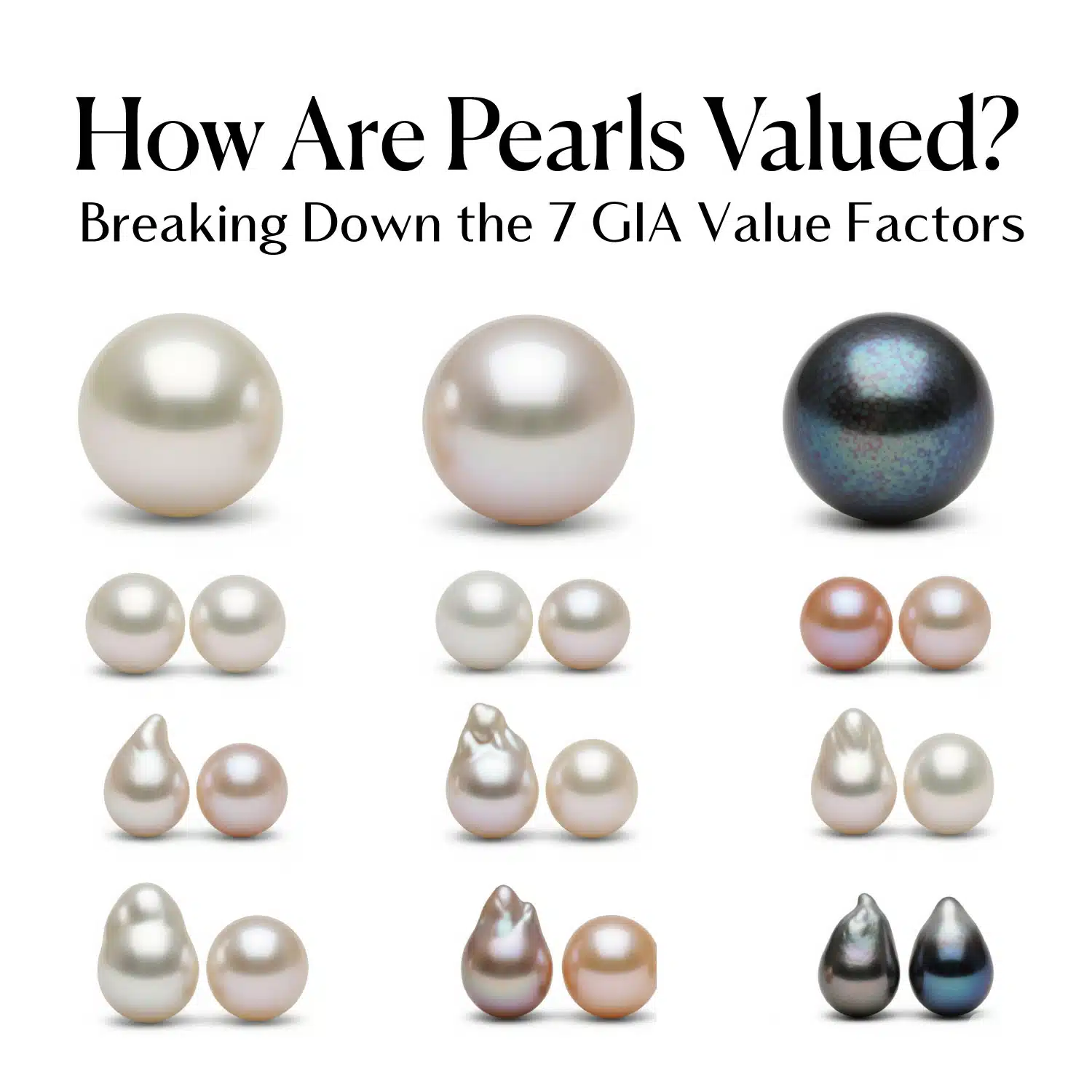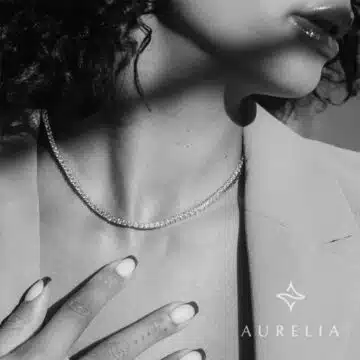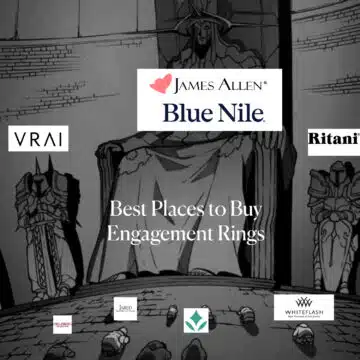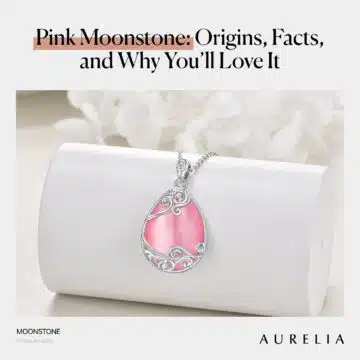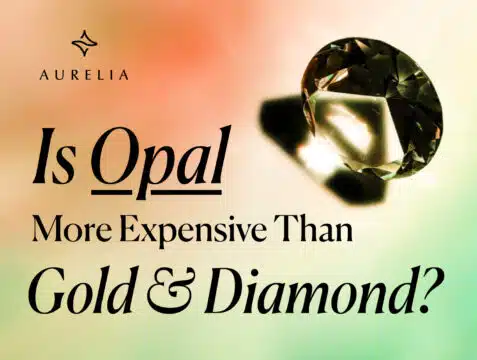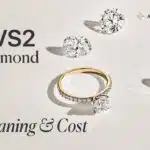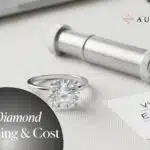Let’s be honest, when you look at a pearl necklace, what’s the first thing you judge? Most people would say its size, or how perfectly round it is. And for years, I’ve watched people pay a premium for those two things, thinking they were getting the best.
But I’m going to tell you a secret I learned from years on the supply side of this business: the most important factor that determines a pearl’s true worth is one most people have never even heard of.
The world of pearl jewelry is confusing. You’ve got ultra-rare natural pearls that are the stuff of legend, you’ve got beautiful cultured pearls in every jewelry case, and you’ve got cheap simulated pearls that are essentially just glass beads. Knowing the difference between real pearls vs fake is the first step, but understanding what makes one real pearl worth $50 and another worth $5,000 is the real key.
That’s what this guide is for. We’re going to walk through the GIA’s 7 Pearl Value Factors—the exact professional checklist I use to evaluate everything from a simple pearl bracelet to a valuable antique pearl necklace.
It all starts inside an oyster or mollusk, but the process of creating this incredible gem is far more complex than most people realize. We’re going to break down the science and the romance so you can look at any pearl and see its true story.
By the end of this, you’ll be able to judge the quality of a pearl with an expert’s eye. Let’s get into it.
The Two Words Every Pearl Buyer Must Know: Natural vs. Cultured
Okay, before we can even begin to talk about luster, shape, or any of the other nitty-gritty details, we have to get one thing straight. This is the single biggest point of confusion I see, and it’s the bedrock of how all pearls are valued. The two words are “Natural” and “Cultured.”
They might sound similar, but in the world of gemology, they represent two completely different stories, rarities, and price points.
Natural Pearls: The Ultra-Rare Unicorns
Let’s start with the legends. A natural pearl is formed entirely by chance, with zero human intervention. An irritant—a grain of sand, a tiny parasite—randomly finds its way inside a mollusk, and the animal begins to coat it with layers of nacre as a defense mechanism.
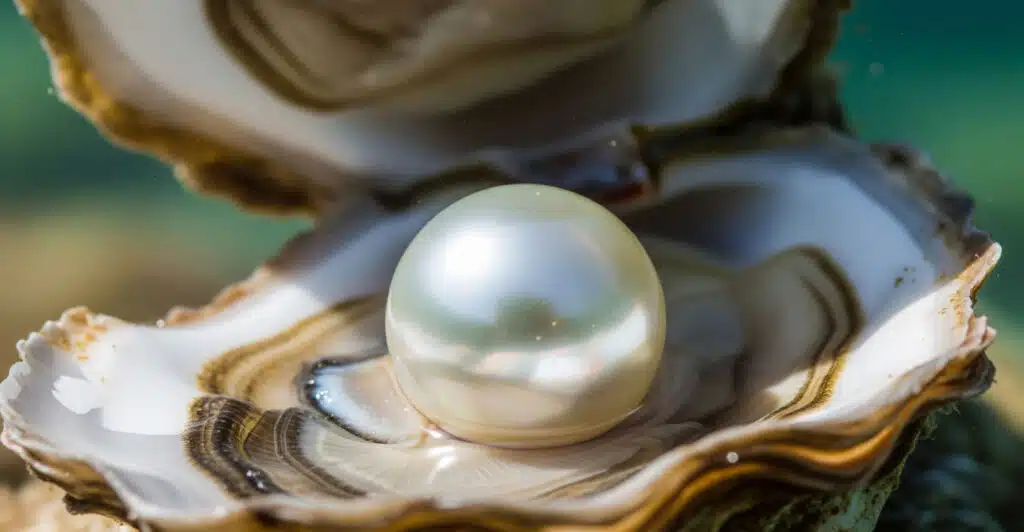
For centuries, this was the only way to get a pearl. Divers would risk their lives plunging into the depths, collecting thousands of oysters in the hope of finding just one or two gems. The odds are staggering. Finding a fine, round natural pearl is like finding a winning lottery ticket. They are incredibly rare and command astronomical prices.
Today, natural pearls are almost exclusively found in the world of high-end auctions and antique jewelry. When you see a story about a record-breaking antique pearl necklace selling for millions at Christie’s, you’re looking at natural pearls.
For most of us, they are beautiful artifacts to be admired, not something you’ll find at the local jewelry store. If you have the pearl birthstone for June, its ancient story is rooted in the rarity of these natural wonders.
Cultured Pearls: Nature, Nudged by Science
Now, let’s talk about the pearls that most of us will actually own and love. And this is the most important takeaway I can give you: a cultured pearl is a real, genuine pearl. It just had a helping hand to get started.
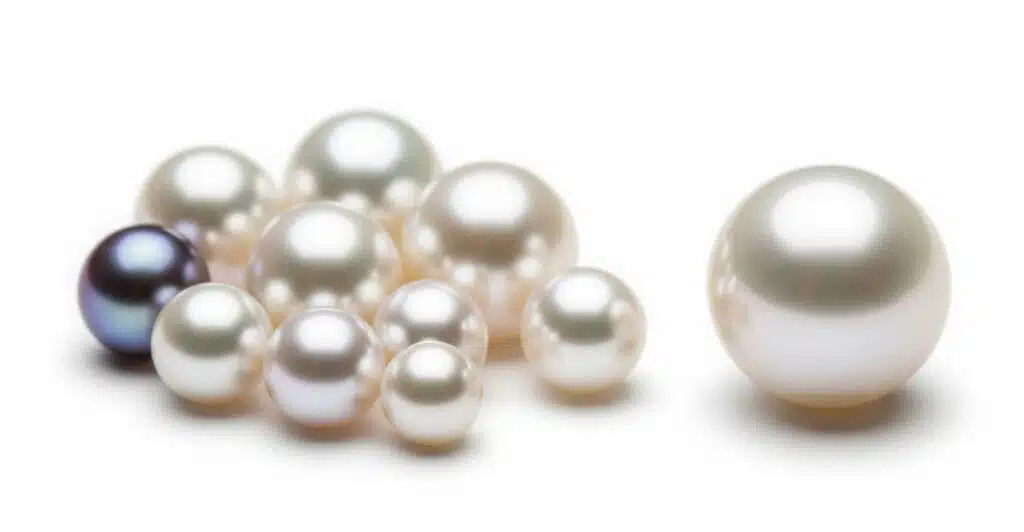
The process, pioneered in the early 20th century, is both an art and a science. A skilled technician makes a tiny, precise incision in a mollusk and carefully implants a small bead nucleus or a piece of mantle tissue.
From there, nature takes over completely. The oyster with pearl potential is returned to the water, and just like its wild cousin, it begins to coat that irritant with thousands upon thousands of concentric layers of nacre.
This brilliant innovation is the reason why a beautiful pearl necklace is an accessible luxury today, not just a treasure reserved for royalty. All the different kinds of pearls you hear about—the classic white Akoya, the colorful Freshwater, the luxurious Golden South Sea, and the dramatic Tahitian—are all types of cultured pearls.
So, when you’re shopping, you can be confident that the cultured pearls meaning you see is “real pearl.” They are not fakes or imitations. They are the beautiful, authentic gems that define the modern pearl industry. Now, let’s get into how to judge their quality.
Your Visual Guide to Pearl Quality
Great. So now you know that almost every beautiful pearl you’ll encounter is a genuine cultured pearl. But here’s where it gets interesting. “Cultured pearl” isn’t just one thing; it’s a broad category. Think of the world of cultured pearls like a family with four main members, each with its own distinct personality, origin, and look.
Getting to know these different kinds of pearls is the first step to finding the one you’ll truly love. Here’s a quick cheat sheet on the four main players you’ll meet when you’re shopping for pearl jewelry.
The Main Types of Cultured Pearls: A Quick Comparison
| Pearl Type | Typical Origin(s) | Common Size Range | Primary Colors | Mehedi’s Take (The Insider Scoop) |
| Akoya | Japan, China | 6mm – 9mm | White, Cream (often with Rosé, Silver, or Cream overtones) | This is your classic, can’t-go-wrong strand of pearls. Akoyas are famed for their perfectly round shape and their sharp, bright, mirror-like pearl luster. |
| Freshwater | China, USA | 5mm – 15mm+ | White, and a wide range of natural pastel colors like Pink, Peach, and Lavender. | The undisputed champion of value and variety. Modern freshwater pearls can be large and nearly round, offering a South Sea look for a fraction of the pearl prices. |
| South Sea | Australia, Indonesia, Philippines | 9mm – 16mm+ | White, Silver, and a deep, natural Golden. | The queen of pearls. These are the largest and most luxurious pearls in the world, known for their substantial size and a soft, satiny glow that is absolutely breathtaking. |
| Tahitian | French Polynesia (“Tahiti”) | 8mm – 14mm | Naturally dark colors, from light grey to deep black, with famous overtones of Peacock, Green, and Aubergine. | Often called “black pearls,” but they are so much more. Tahitian pearls are the most exotic and dramatic, perfect for a bold black pearls necklace or statement piece. |
Now that you’ve met the family, you need to understand the language professionals use to judge their quality. Words like Luster, Nacre, and Orient are the keys to understanding a pearl’s value, but they can be hard to grasp from text alone.
That’s why I put together this short video on our YouTube channel. It’s a quick, visual guide that brings these professional grading concepts to life. It will show you what “high luster” actually looks like and what a “clean” surface really means.
Take a quick look, and once you’ve seen the magic for yourself, we’ll dive deeper into each one of the seven GIA value factors.
The 7 GIA Pearl Value Factors (The Pro’s Checklist)
Alright, now you’re ready for the good stuff. This is the professional’s checklist, the exact GIA framework that experts use to determine a pearl’s value. Once you understand these seven factors, you’ll be able to look at any pearl jewelry—from a simple pair of studs to a multi-strand necklace—and understand its quality and worth. Think of this as your new toolkit.
1. Size: Bigger Isn’t Always Better, But It’s Always Rarer
Let’s start with the most obvious factor: Size. It’s measured in millimeters (mm), and when it comes to pearls, size has a direct impact on rarity. The larger a pearl is, the longer it had to stay within the mollusk, and the rarer it is to find in high quality.
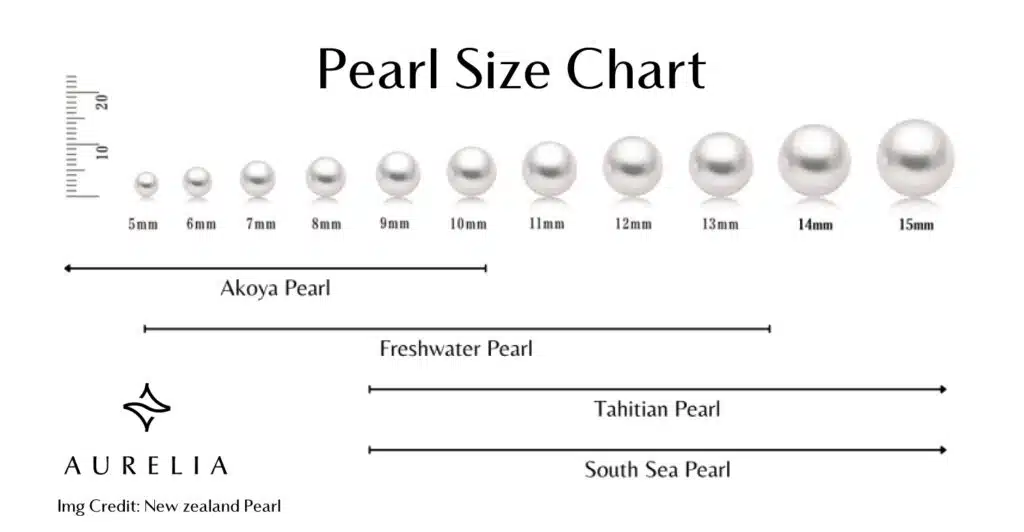
However, a bigger pearl isn’t automatically more valuable than a smaller one. A large, dull, blemished pearl will be worth far less than a smaller one with exceptional luster.
Here’s a general guide to what you can expect from the different types of pearls:
- Akoya Pearls: The classic white pearl. Their “sweet spot” is typically 7.0mm – 8.5mm. Anything over 9mm is considered large and rare, and the price jumps accordingly.
- Freshwater Pearls: These are the workhorses of the pearl world and have the widest size range, from tiny 3mm seed pearls up to 15mm or even larger in some modern varieties. The freshwater pearls value increases significantly as they approach the size and shape of their saltwater cousins.
- Tahitian Pearls: Known for their exotic dark colors, these typically range from 8mm – 14mm. A strand of large, well-matched Tahitians is a true statement piece.
- South Sea Pearls: The undisputed queens of size. These are the largest and most valuable pearls, typically ranging from 9mm – 16mm, with some magnificent exceptions growing even larger.
2. Shape: From Perfect Spheres to Unique Statements
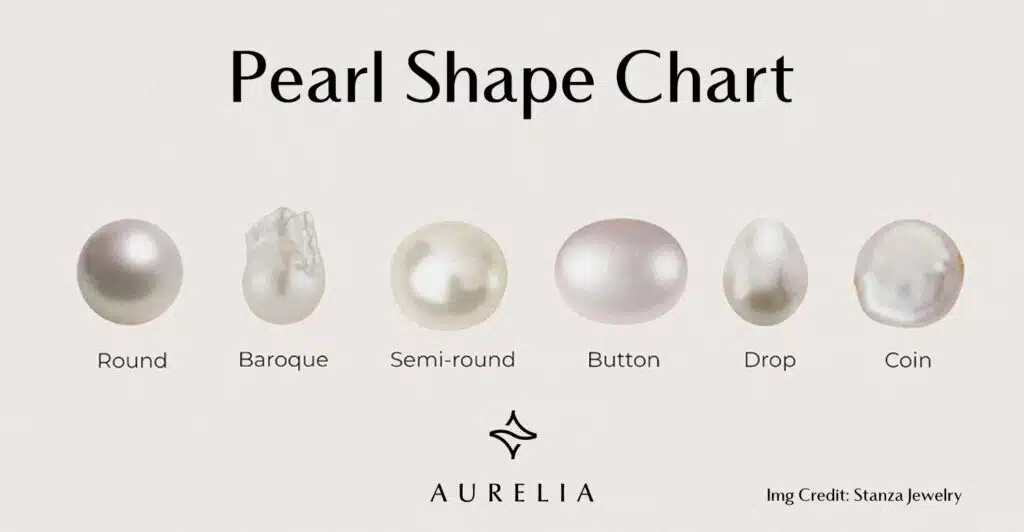
When most people think of a pearl, they picture a perfect sphere. And it’s true: the rounder a pearl is, the rarer and more valuable it is. But there is a world of beauty and value in other pearl shapes, and knowing them can help you find a piece with incredible character.
| Shape Category | Description | Mehedi’s Take (The Insider Scoop) |
| Round | Perfectly spherical. This is the classic, most coveted, and most expensive shape. | The benchmark for a classic pearl necklace. The price premium for perfectly round is significant. |
| Near-Round | Appears round to the naked eye, but has a very slight oval or flattened shape on close inspection. | A fantastic value. A strand of near-round pearls can look perfectly round from a normal viewing distance, saving you a considerable amount. |
| Symmetrical | Balanced and regular shapes like Ovals, Drops, and Buttons. | These shapes are ideal for pendants and earrings. A beautiful, clean drop-shaped pearl can be just as stunning as a round one. |
| Baroque | Irregular, asymmetrical, and completely unique. | This is where you find the most personality. A baroque pearl pendant can be a stunning, one-of-a-kind piece of art, often for a much lower price than a symmetrical pearl. |
3. Color: Bodycolor, Overtone, and Orient
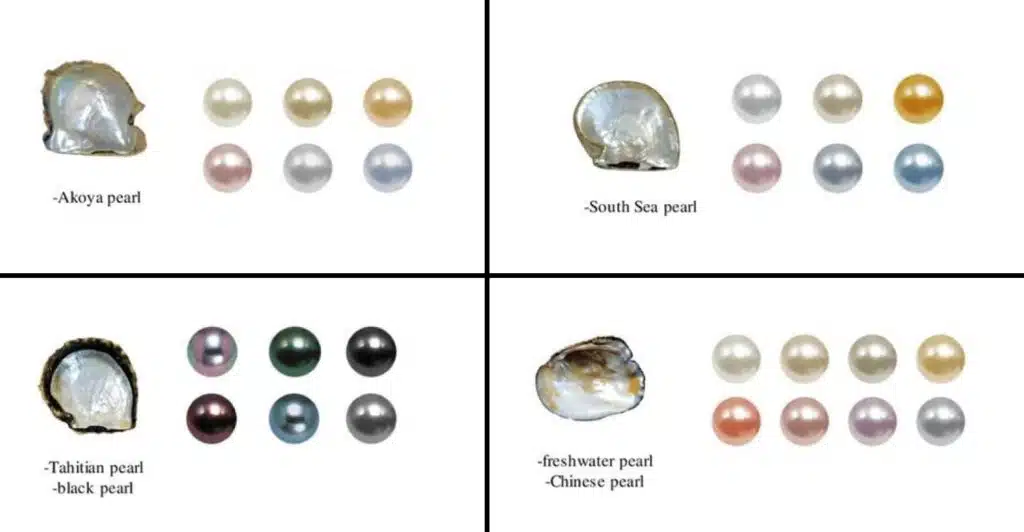
A pearl’s color is far more complex than just “white” or “black.” It’s a combination of three distinct elements:
- Bodycolor: This is the pearl’s main, dominant color. It can be white, cream, yellow, gray, black, or a range of pastel shades found in freshwater pearls.
- Overtone: This is a subtle, translucent color that seems to float over the main bodycolor. The most famous is the rosé (pinkish) overtone on a white Akoya pearl, but you can also see green, silver, and blue overtones. A desirable overtone dramatically increases a pearl’s worth.
- Orient: This is the rarest and most magical color phenomenon. It’s a subtle, iridescent rainbow that seems to shimmer and move across the pearl’s surface. A pearl with a strong orient is a top-tier, collector-quality gem.
4. Luster: The Most Important Factor of All
If you only pay attention to one factor on this list, make it this one. Luster is the soul of the pearl. It’s not just a surface shine; it’s the deep, inner glow that seems to radiate from within.
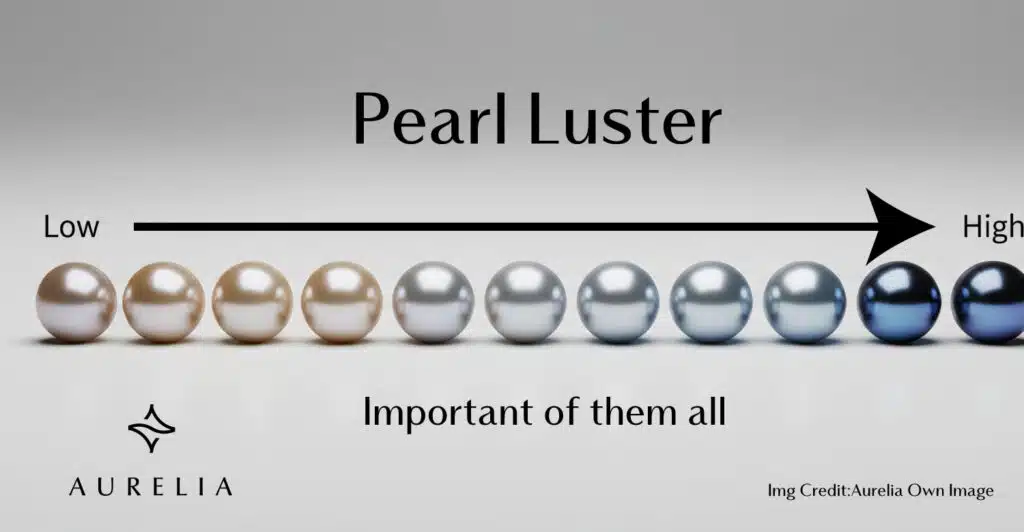
It’s created by light reflecting through the pearl’s many layers of nacre. The quality of a pearl luster is the number one indicator of its value.
| Luster Grade | How to Spot It | Mehedi’s Take |
| Excellent | Reflections are bright, sharp, and distinct. You should be able to see your face clearly. | This is the hallmark of a top-quality gem. It looks like it’s lit from within. |
| Good | Reflections are bright, but not sharp. The edges may appear slightly blurred or fuzzy. | A very nice pearl that will still be beautiful in jewelry. This is a common and acceptable grade. |
| Fair | Reflections are weak, blurred, and hazy. | The pearl may appear somewhat chalky or milky. |
| Poor | The surface is dull and dim with almost no reflection. | Avoid these. A pearl with poor luster has very little value, regardless of its size. |
5. Surface: Judging a Pearl’s Complexion
Because pearls are created by a living creature, they are rarely flawless. The surface quality refers to the presence, or absence, of blemishes. The goal is to find a pearl that is “eye-clean,” meaning any blemishes aren’t distracting to the naked eye.
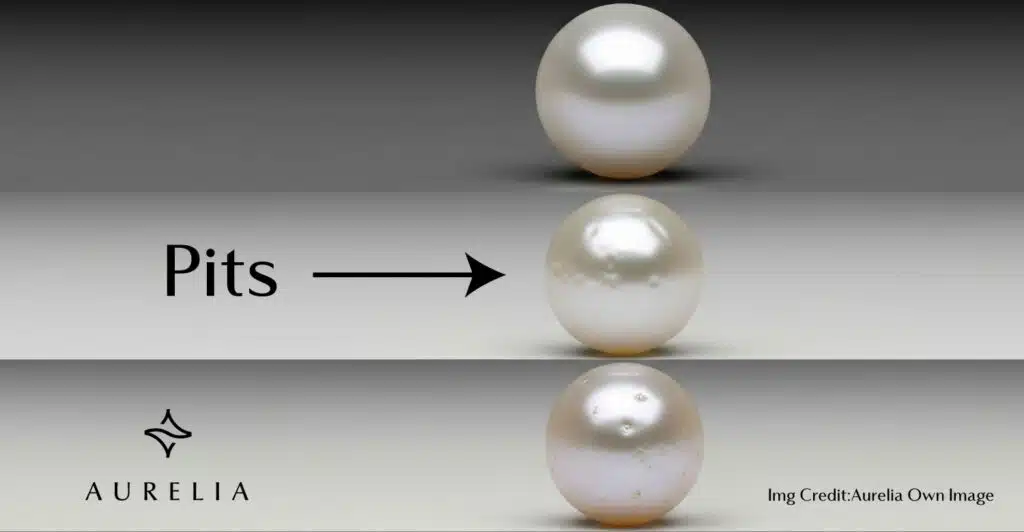
Common blemishes include:
- Pits or Dimples: Small indentations on the surface.
- Bumps or “Mottling”: A slightly uneven or orange-peel-like texture.
- Scratches or Abrasions: Marks on the surface.
- Cracks: The most serious blemish, as it can affect durability.
A “clean” pearl (like A-grade) will have very few, minor blemishes. A “heavily blemished” pearl (C or D grade) will have noticeable flaws that detract from its beauty and value.
Remember, real pearls have character; if you find a strand that is 100% perfectly smooth, it might be a sign you’re looking at simulated pearls.
6. Nacre Quality & Thickness
Nacre is the beautiful, iridescent substance that the mollusk secretes to create the pearl. Think of nacre as the engine of a pearl’s beauty. The thickness and quality of the nacre layers directly determine the pearl’s luster and its long-term durability.
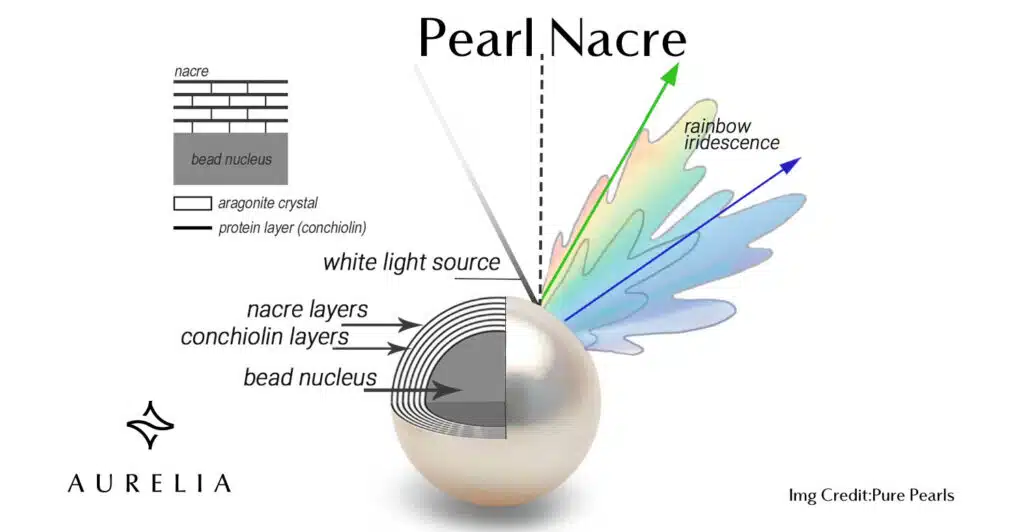
- What to Look For: A pearl with thick, high-quality nacre will have a beautiful, deep glow. The layers are compact and well-aligned, creating excellent luster.
- Red Flags: The biggest warning sign is a dull, chalky appearance. In extreme cases of thin nacre, you might even see the bead nucleus underneath, a phenomenon known as “blinking.” A pearl with thin nacre is not only less beautiful but is also prone to chipping and peeling over time. This is a crucial factor in the long-term value of real pearls.
7. Matching: The Art of a Perfect Strand
This final factor applies specifically to pieces with multiple pearls, like a pearl necklace for sale or a pair of earrings. Matching is a true art form, and a well-matched strand commands a much higher price.

A professional will match pearls based on all the other quality factors:
- Luster: All pearls should have the same intensity of glow.
- Size & Shape: All pearls should be consistent.
- Color: All pearls should have the same bodycolor and overtone.
- Surface Quality: The pearls should be of a similar grade.
A poorly matched strand will look jumbled and inconsistent. A masterfully matched strand will look like a single, harmonious, and flowing piece of art. This is a subtle but critical component of the final pearl necklace value.
Try It Yourself: The Pearl Value Calculator
Alright, that was a lot of information, I know. But theory is one thing—let’s put it into practice.
I’ve built this simple calculator based on the key GIA value factors we just covered. This tool is designed to give you a solid ballpark estimate for a single, loose cultured pearl. It’s the perfect way to see for yourself how the different qualities interact to create a pearl’s final value.
Play around with the different options. See for yourself how a jump from “Good” to “Excellent” luster can dramatically change the price, or how a perfectly Round shape commands a premium over a unique Baroque. This is how you start to think like a professional.
Go ahead, give it a try and see what you discover.
Pearl Value Calculator
Get an instant estimate of your pearl’s value based on the key GIA factors.
Estimated Value:
Conclusion: How to Judge a Pearl with an Expert’s Eye
So, there you have it. We’ve journeyed from the ocean floor to the jeweler’s counter, and you’re now armed with the same seven-point checklist that professionals use. The world of pearl jewelry doesn’t have to be intimidating. Once you know what to look for, you’re in complete control.
It can feel like a lot to remember, so if you take away just a few key pieces of advice from our conversation, please make it these:
- Focus on Luster Above All Else. If you remember one thing, make it this. Luster is the soul of a pearl. A smaller pearl with excellent, glowing luster will always be more beautiful and valuable than a huge pearl with a dull, chalky appearance. It is the number one factor for a reason.
- Aim for an “Eye-Clean” Surface. Stop searching for “flawless”—it’s a myth in natural gems. Your goal is to find a pearl with a clean, beautiful surface that isn’t marred by any distracting blemishes to the naked eye. A few tiny marks are signs of authenticity; you just don’t want them to be the main event.
- Understand the Shape Trade-Off. A perfectly round pearl is the classic choice and commands a premium for its rarity. But don’t forget that a baroque pearl offers unique, one-of-a-kind character for a fraction of the price. The choice is about your personal style and budget.
- Never Be Afraid to Ask About Nacre. This is your final pro move. A simple question like, “Can you tell me about the nacre quality of these pearls?” shows the jeweler you’re an educated buyer. It’s the engine of the pearl’s beauty and durability, and it’s a topic every good jeweler should be happy to discuss.
Now that you know how professionals grade pearls, you can better understand the factors that determine their final price. You’re ready to look at any pearl necklace or pair of earrings and see its true story.
You know the difference between a top-tier gem and a low-quality one, and you have the confidence to choose something truly beautiful.
FAQs
I get asked questions about pearls all the time. It’s a confusing topic! Here are my direct, no-nonsense answers to some of the most common ones I hear.


